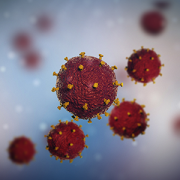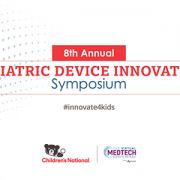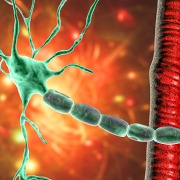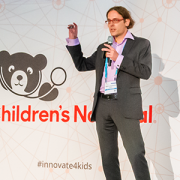NIH awards to address detection and treatment of HIV in adolescents
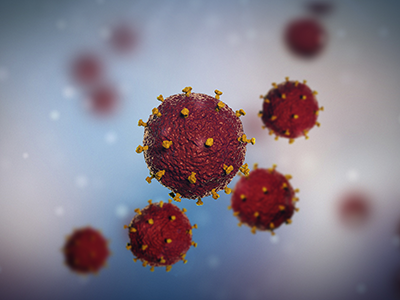
The funding will improve prevention, detection and treatment of HIV in adolescents.
The Eunice Kennedy Shriver National Institute of Child Health and Human Development (NICHD), part of the National Institutes of Health, awarded over $8 million to improve prevention, detection and treatment of HIV in adolescents through leveraging digital health for population-based screening in the emergency department (ED). The grants were awarded to multiple children’s hospitals, including Children’s National Hospital.
The big picture
The studies will play an important role in looking at how to curtail the HIV epidemic.
“This is an opportunity to make an impact on adolescent health and mitigate disparities,” said Monika Goyal, M.D., M.S.C.E., associate chief of Emergency Medicine and one of the main principal investigators of the awarded team.
Adolescents and young adults (AYA) are disproportionately affected by HIV in the United States. Despite adolescents accounting for over 20% of new infections, this age group is the least likely to be tested for HIV, linked to care and achieve viral suppression when compared to their adult counterparts. Further, AYA also have low rates of HIV awareness and initiation of HIV Pre-Exposure Prophylaxis.
“There is an urgent need to expand HIV screening and prevention strategies to nontraditional healthcare settings, such as emergency departments, to reach those adolescents who would otherwise not receive preventive healthcare,” Dr. Goyal added.
Why does this work matter?
Although adolescents frequently use the ED for access to healthcare, the ED has been underutilized as a venue for HIV screening, detection and prevention.
“We hope to curtail the HIV epidemic in youth by expanding HIV prevention and linkage to care services through the emergency department,” Dr. Goyal says.
Footnote: The grants issued by the NICHD are NICHD R01 HD110321 and UM2 HD111102-ATN.


